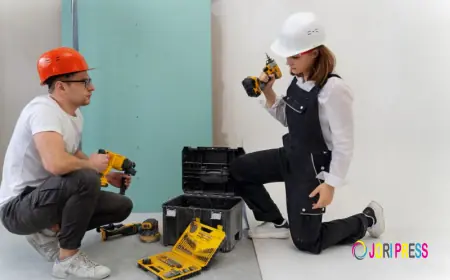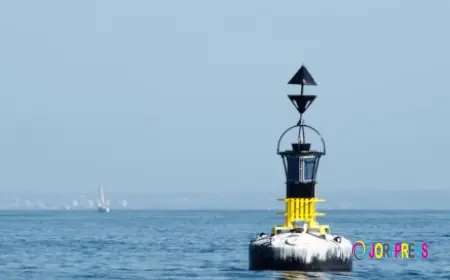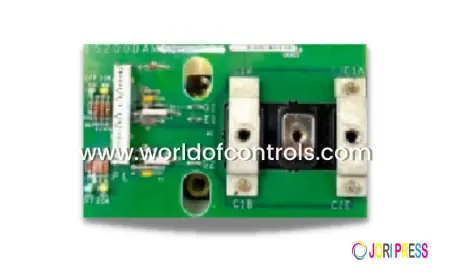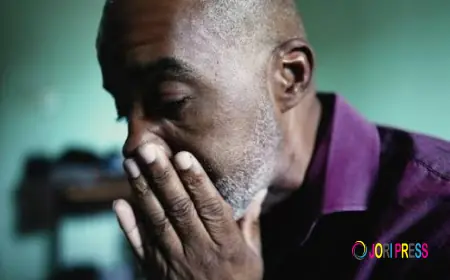Why Is Water Dripping From My AC Vent? Here Are 7 Common Reasons
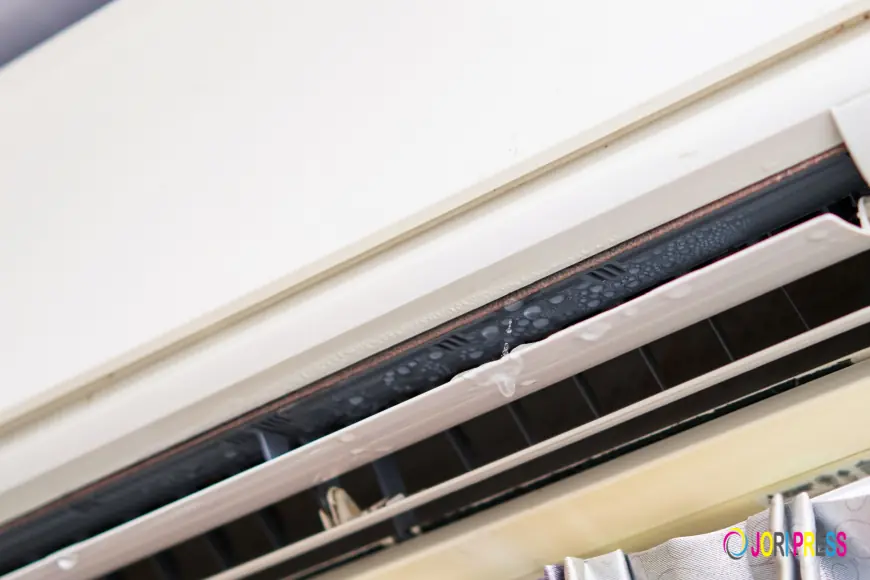
Air conditioning is a must-have for most households, with nearly 90% of U.S. homes relying on it to stay cool. But when water starts dripping from your AC vent, it’s a clear sign that something’s not right. While it might seem like a minor issue, it can actually point to more serious problems—like mold, ceiling damage, or a struggling HVAC system.
If you’ve spotted water coming from a vent, don’t worry—you’re not the only one. Below, we’ll walk through the most common causes of AC leaks and what you can do to fix them.
What Does It Mean If Water Is Leaking From My AC Vent?
Your AC unit cools your home by pulling heat and moisture out of the air. That moisture typically drains away through a pipe. But when the system isn’t working as it should, that water can end up in the wrong place—like your vents or ceiling.
Let’s take a look at the top 7 reasons why this happens.
1. The Condensate Drain Line Is Clogged
Why it happens: Your AC system removes humidity from the air, which drains through a small pipe known as the condensate line. If that pipe gets blocked—by dirt, algae, or debris—water can back up and overflow into your vents.
What to look for:
-
Dripping water from ceiling vents
-
Musty smells indoors
-
A full or overflowing drain pan
How to fix it: A technician can clear the line using suction or specialized tools. Routine maintenance helps prevent future clogs.
2. Your Air Filters Are Dirty
Why it happens: Clogged filters block airflow, causing the evaporator coil to freeze. When it eventually thaws, the melting water might leak into the ductwork.
What to look for:
-
Weak airflow
-
Ice forming on your indoor unit
-
Water dripping from vents once the ice melts
How to fix it: Change your filters every 1–3 months. Clean filters improve airflow, reduce strain on your system, and help prevent leaks.
3. Low Refrigerant Levels
Why it happens: Not enough refrigerant can cause your AC’s coils to become too cold, which may lead to freezing. As the coils thaw, water can spill out of the system and leak into the ducts.
What to look for:
-
Poor cooling performance
-
Bubbling or hissing sounds
-
Moisture near your vents or AC unit
How to fix it: Call a licensed HVAC professional to check refrigerant levels and inspect for leaks. DIY refrigerant handling is unsafe and illegal.
4. Poor Insulation on Ductwork
Why it happens: If your ducts aren't properly insulated, warm surrounding air can cause condensation to form on the outside of the ducts. Over time, this moisture may drip from the vents.
What to look for:
-
Water spots near specific vents
-
Leaks worse during humid weather
-
No visible issues with the HVAC unit itself
How to fix it: Add insulation to exposed ductwork, especially in attics or crawl spaces, to reduce condensation.
5. Leaky or Loose Duct Connections
Why it happens: Ducts can shift, loosen, or disconnect over time. When this happens, humid air may seep in and mix with cold air, causing water droplets to form and leak.
What to look for:
-
Rooms cooling unevenly
-
Whistling or hissing sounds
-
A spike in your energy bill
How to fix it: A technician can seal or reattach the ductwork to eliminate gaps and restore efficient airflow.
Pro Tip: This issue is commonly seen after attic work or home renovations.
6. Overflowing or Damaged Drain Pan
Why it happens: Your AC’s drain pan collects water from the coils. If the pan is cracked, rusted, or too full, the water will spill over and could reach your vents.
What to look for:
-
Puddles under or around the indoor AC unit
-
Leaks during long cooling cycles
-
Visible damage to the drain pan
How to fix it: Drain, clean, or replace the pan. Most HVAC maintenance services will check this for you.
7. Improper AC Size or Installation
Why it happens: If your system is too big or not installed correctly, it may cool your home too quickly and shut off before removing enough humidity. This leftover moisture can lead to water buildup and leaks.
What to look for:
-
AC constantly turning on and off
-
High humidity inside the house
-
Multiple vents leaking water
How to fix it: Have a professional evaluate your system's size and installation. You may need adjustments or, in some cases, a new unit.
Is an AC Leak a Serious Problem?
Yes—it can be. Water leaks may seem minor, but over time they can cause significant damage, including:
-
Warped or stained ceilings and walls
-
Mold and mildew growth
-
Deteriorated insulation
-
Expensive structural and HVAC repairs
That’s why acting quickly is key when you notice any moisture around your AC vents.
How to Prevent AC Leaks in the Future
You can avoid most AC-related leaks with a few simple habits:
✅ Schedule Routine Maintenance – Have your system checked every spring and fall.
✅ Change Filters Regularly – Set reminders to swap them out every 1–3 months.
✅ Monitor Attic or Ceiling Moisture – Watch for early signs of hidden leaks.
✅ Use a Smart Thermostat – It helps regulate temperature and humidity levels.
✅ Insulate Exposed Ducts – Especially important in hot or humid climates.
Final Thoughts
Water leaking from your AC vent is a red flag that something in your HVAC system isn’t working as it should. Whether it’s a clogged drain line, frozen coil, or poor duct insulation, these problems are usually fixable—especially if caught early.
With regular maintenance and quick response to warning signs, you can keep your home dry, your system efficient, and avoid expensive repairs.
Don't wait until the drip becomes a disaster—schedule your HVAC inspection with Old School Cooling today!
What's Your Reaction?
 Like
0
Like
0
 Dislike
0
Dislike
0
 Love
0
Love
0
 Funny
0
Funny
0
 Angry
0
Angry
0
 Sad
0
Sad
0
 Wow
0
Wow
0






